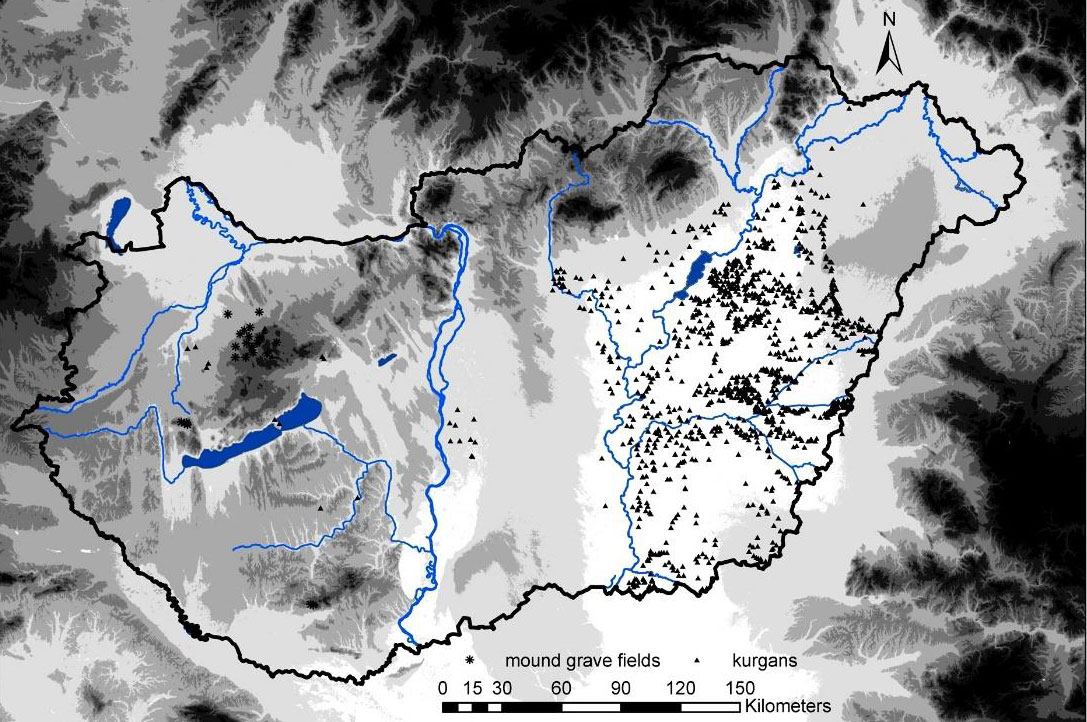As I said before, Yuri Rassamakin is one archaeologist to follow closely for those interested in Neolithic and Chalcolithic Ukraine (ca. 5000-3300 BC), including Sredni Stog, and their potential connection with the Corded Ware culture, as well as the later expansion of Yamna into the region (and Yamna settlers into south-eastern Europe).
His recent studies include important sites (for Archaeology and recently also for Genomics) such us Dereivka and Alexandria, part of the North Pontic steppe and southern steppe-forest zone, on the Left Bank of the Dnieper river. According to him, many of these … Read the rest “Eneolithic Ukraine cultures of the North Pontic steppe and southern steppe-forest, on the Left Bank of the Dnieper”

